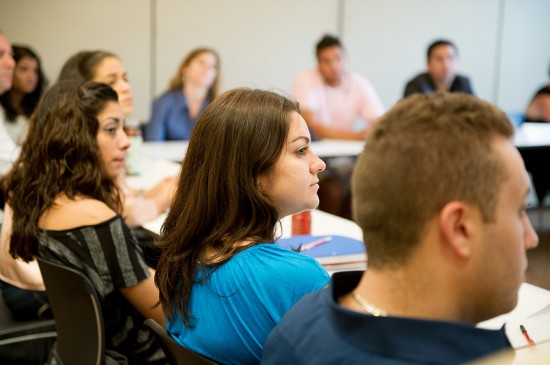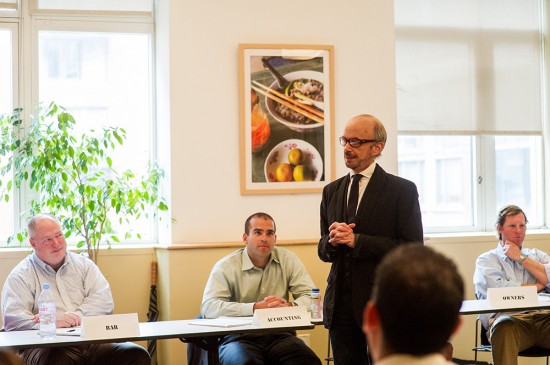One thing that certainly draws people to culinary school is the fact that the emphasis is on learning, not letter grades. At ICE, this also holds true in our business-focused programs, like Culinary Management, which is essentially a small, college-level seminar for the restaurant industry.

That doesn’t mean that there isn’t a lot of work to be done, however. As a class, we just finished taking our ServSafe certification test and are awaiting our results. Here in New York City, the NYC Food Handler’s license may reign supreme, but the great thing about ServSafe is that it is recognized throughout the US. Even if you end up staying in New York, passing the ServSafe test means you will have no difficulty getting your NYC Food Handler's license.

Being ServSafe certified means that you have been trained in food safety and have a certificate documenting that training. This process is essential if you want to be a manager in the food service industry, as food safety is far more complicated than just learning to wash your hands.
We studied the various viruses, bacteria, parasites and fungi that can cause food-borne illness, and learned how to properly train staff about preventing contamination. Culinary Arts Chef Instructor Ted Siegel also taught us about safely receiving and storing meat and fish, as well as how to determine if the animal protein in question is in good condition. Finally, we learned how to purchase the best equipment to ensure food safety.

After learning these skills, I feel like I have a lot more restaurant industry knowledge to help me as I move forward in my career. For example, did you know that unless a countertop deep fryer has legs, you can’t use it? Or that there's a type of bacteria leading to food-borne illness that can trigger a miscarriage in a pregnant woman? Knowing about these types of issues is essential for those in the food service industry, as it ensures customers' safety.
While safety is key, the Culinary Management program covers a number of other important topics as well. Our four-hour classes are each broken into two-hour segments. During the second half of class, we have been focusing on marketing—which actually encompasses more than you might think. In addition to learning about advertising, public relations and promotions, we have also been learning about opening strategies, following trends, creating a brand promise and a positioning statement, and performing a competitive analysis.

While learning all of these facts takes a lot of focus, the task I'm working on lately is the most challenging of all: completing a marketing plan outline. It’s one thing to learn cold facts, but applying them to your own hypothetical business is another level entirely!
So here I sit, staring at my laptop, wondering how to devise an opening strategy for a wine bar. While I won't get a grade for this assignment, the pressure is still on—because better than the feeling of any "A+" is knowing that I'm fully prepared to open my own business.




